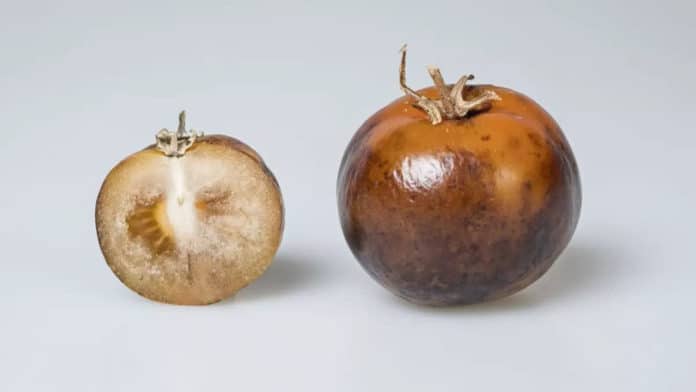Parkinson’s disease is a disorder of the central nervous system that affects movement, often including tremors. Parkinson’s symptoms usually begin gradually and get worse over time. As the disease progresses, people may have difficulty walking and talking. They may also have mental and behavioral changes, sleep problems, depression, memory difficulties, and fatigue.
Levodopa and carbidopa (Duopa, Rytary, Sinemet). Levodopa (also called L-dopa) is the most commonly prescribed medicine for Parkinson’s. It’s also the best at controlling the symptoms of the condition, particularly slow movements and stiff, rigid body parts.
Recently, scientists have genetically modified a tomato to produce L-DOPA. It could become a new, affordable source of one of the world’s essential medicines. What’s more, it also offers benefits for people who suffer adverse effects – including nausea and behavioral complications – of chemically synthesized L-DOPA.
Scientists wisely choose tomato as it is a widely cultivated crop and can be used for scaled-up production, potentially offering a standardized and controlled natural L-DOPA source.
How scientists genetically modified the tomato?
Scientists introduced a gene responsible for synthesizing L-DOPA in beetroot, where it functions in producing the pigments betalains. They inserted a gene encoding a tyrosinase, an enzyme that uses tyrosine to build molecules such as L-DOPA.
The introduction of tyrosinase increased L-DOPA level in the fruit part of the plant. Scientists achieved almost 150mg of L-DOPA per kg of tomatoes without some of the known drawbacks that have hampered plant metabolic production of the drug previously.
Scientists now aimed to create a production pipeline to extract L-DOPA from tomatoes and purify it for pharmaceutical use.
Professor Cathie Martin, the corresponding author of the study, explains: “The idea is that you can grow tomatoes with relatively little infrastructure. As GMOs (genetically modified organisms), you could grow them in screen houses, controlled environments with very narrow meshes, so you would not have pollen escape through insects.”
“Then you could scale up at a relatively low cost. The local industry could prepare L-DOPA from tomatoes because it’s soluble, and you can do extractions. Then you could make a purified product relatively low tech, which could be dispensed locally.”
First author Dr. Dario Breitel said, “We have demonstrated that the use of the tyrosinase-expressing tomatoes as a source of L-DOPA is possible. It’s a further demonstration of tomato as a strong option for synthetic biology. Additionally, there were surprising beneficial effects, including improvement in shelf-life and raised levels of amino-acids that we can investigate.”
Journal Reference:
- Dario Breitel et al. Metabolic engineering of tomato fruit enriched in L-DOPA. DOI: 10.1016/j.ymben.2020.11.011
